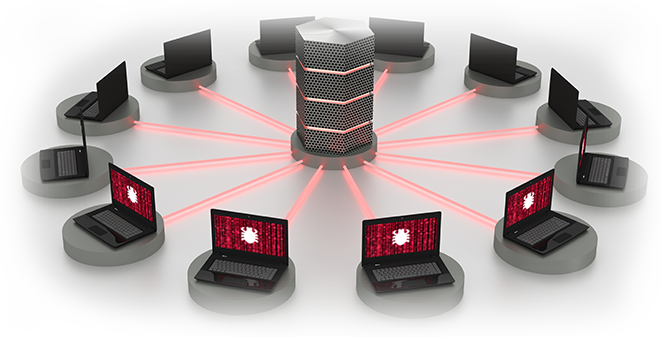How to know if a DDoS attack is underway?
US-CERT or the United States Computer Readiness Emergency Team has provided key guidelines on how to determine if an attack is imminent.
- If the network performance degrades, especially when trying to open files stored on websites.
- Failure to open a particular website
- Problems opening any website
- A higher than the customary volume of spam mail
There are newer DDoS techniques to watch out for. Such attacks include badly secured and unpatched IoT (Internet of Things) plug-and-play devices. These are highly vulnerable to traffic spikes. With threats always around the corner, network administrators and IT professionals must jointly work toward better security and DDoS mitigation. Despite the fact that several technologies exist to prevent various types of DDoS attacks, preventing one is a huge challenge.
Regardless of whichever solution it has put in place, every business must have the following DDoS mitigation checklist.
Visible mitigation
It makes sense for any mitigation technology to allow users to continue to get access to your site without impediment. They must not receive outdated cached content. If DDoS attackers believe the attacks are overlooked, they are not likely to return.
Be prepared for the worst
Network attacks are getting bigger and trickier by the day. Make sure that your website absorbs a random amount of traffic. With service providers this should not be a problem because they have huge capacity data centers to distribute traffic among them.
Focus on accurate detection
There are two elements in DDoS mitigation.
- Detecting your website is under attack
- Applying the right defensive solution
It is quite common for detection to get overlooked. Your solution must be capable of accurately detecting the DDoS attack, but at the same time must remain dormant when the site is safe.
To summarize
DDoS attacks are serious issues to online services and can cost significant revenue loss. Businesses of all sizes must take this threat seriously and adopt a mitigation strategy thoroughly.
 Talk to Experts
Talk to Experts
 Live Chat
Live Chat












